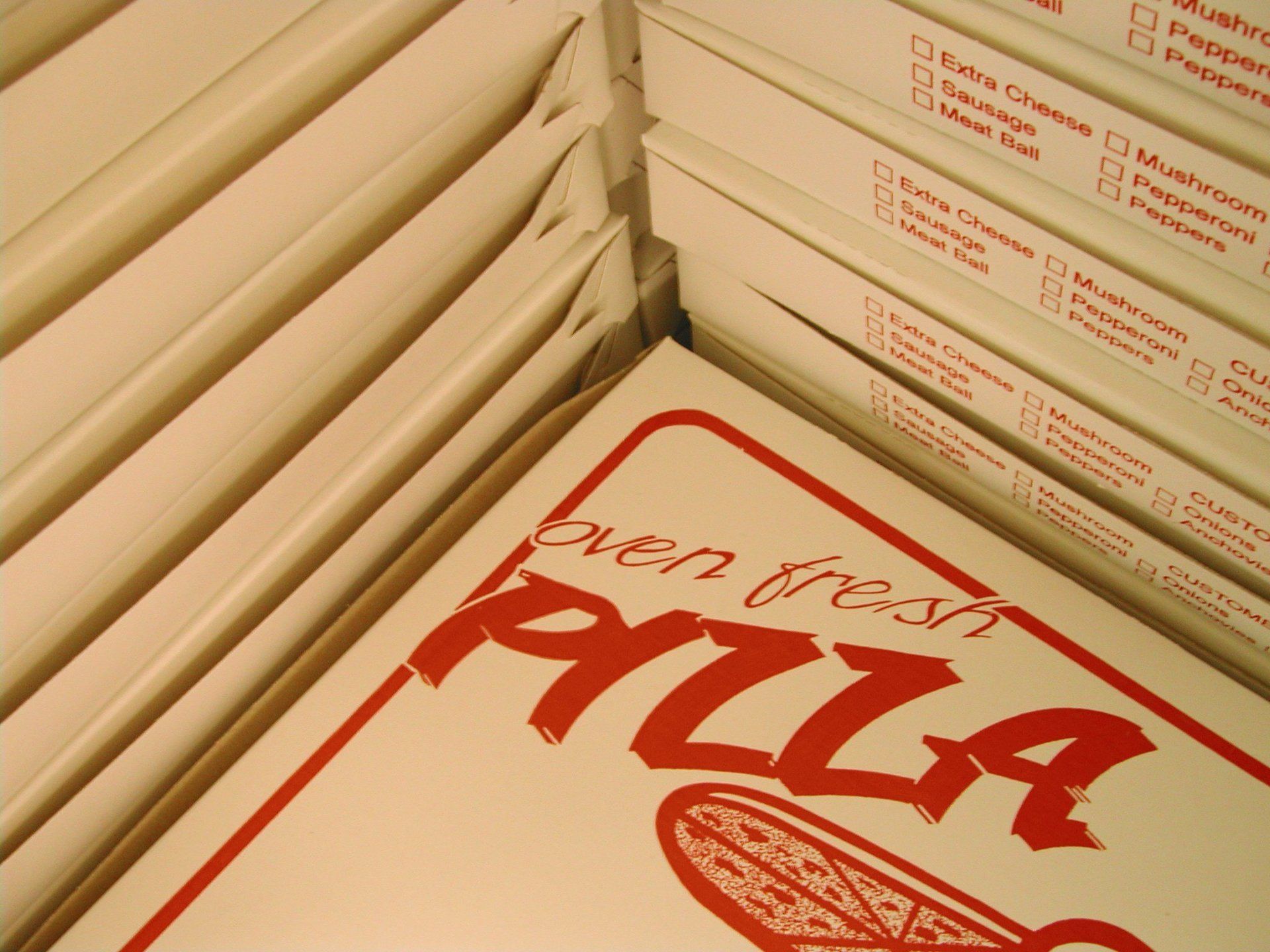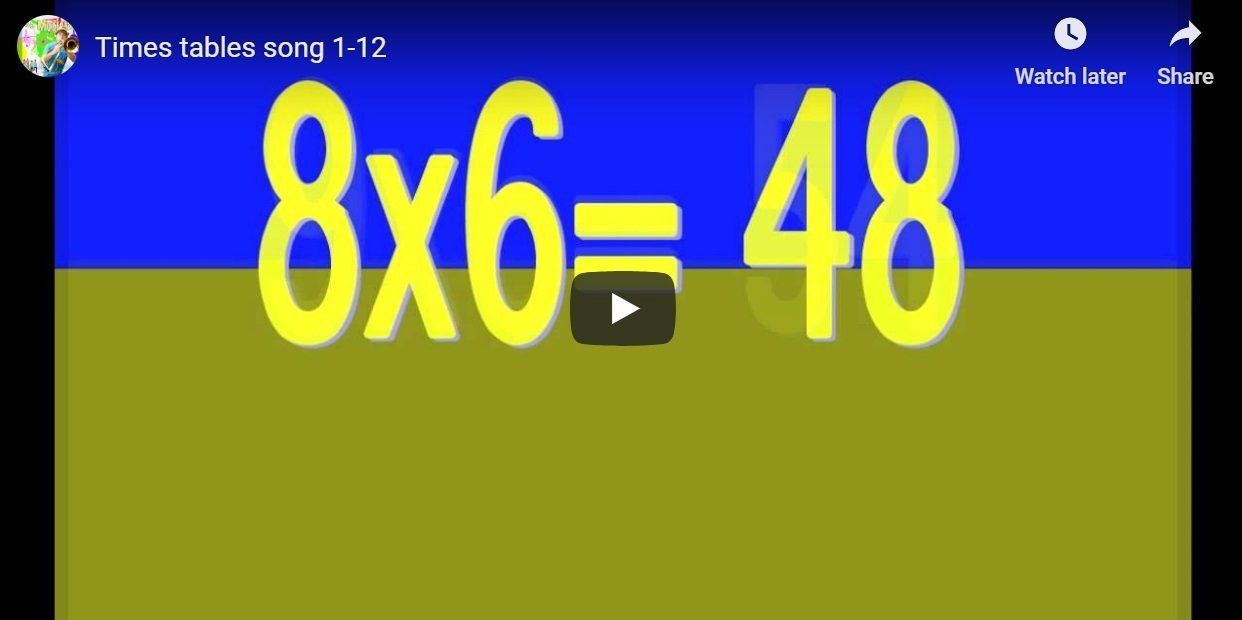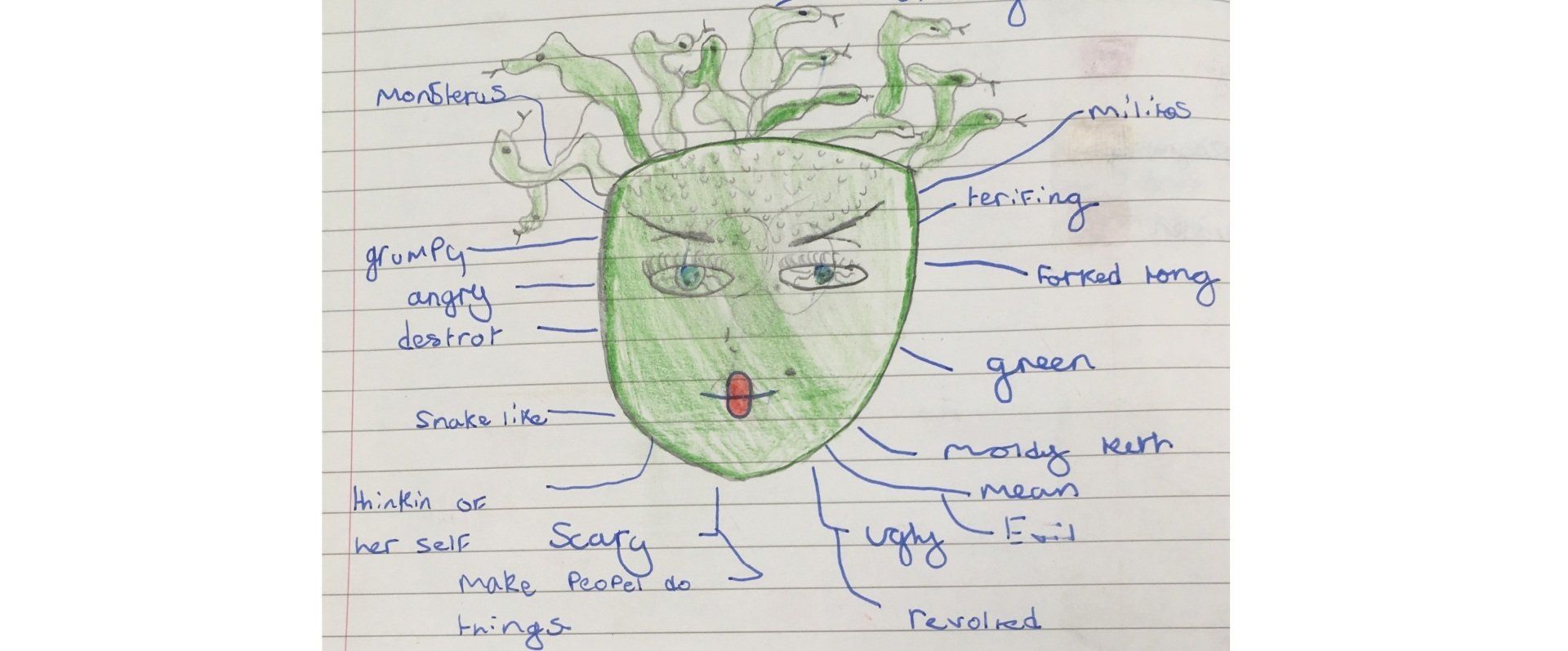An Overview of Teaching Interventions in the Special Needs Classroom
- by James Lewis
- •
- 18 Nov, 2017

Abbreviations
ABA Applied Behaviour Analysis
ADHD Attention Deficit Hyperactivity Disorder
PGCE Postgraduate Certificate in Education
PMLD Profound and Multiple Learning Disabilities
ASD Autistic Spectrum Disorder
TEACCH Treatment & Education of Autistic & Communication Handicapped Children
IEP Individual Educational Plan
MLD Moderate Learning Disability
SEN Special Educational Needs
SLD Severe Learning Disability
Team Teach Gradated Physical Handling Policy
Contents
1 Introduction
2 Literature Review
1 Introduction
This document written several years ago relates to my previous post in a SLD special needs school with residential provision.
My year 5/6 classes originally consisted of very autistic children with physical, challenging behaviour who had mainly been excluded from other SLD or MLD schools. Many of these children were also accessing the residential unit, some were also in local authority care. As these children have left and progressed onto secondary provision, the school intake changed somewhat. I now teach a class of PMLD children whose needs are very different, this prompted me to research interventions suitable for PMLD children in this study.
The school uses p scales to assess the learning and development of children. The p scale system ranges from p1- p7 and encompasses the whole W or working towards level used in mainstream schools. P8 is the same as National Curriculum level 1.
The class comprises 6 PMLD children working between p3 and p4 and 1 child at p1. One child is diagnosed with an ASD and Downs Syndrome, two children with developmental delay; one child with cerebral palsy, developmental delay and multiple conditions; one child is diagnosed with an ASD and ADHD, lastly a child is diagnosed with Retts Syndrome. Jackson (2002) cited in Plimley, Bowen (2006) (p30) describes that a highly structured environment can assist interaction development if children with similar conditions are grouped together. My class enjoys a high staff ratio with myself as class teacher and 2 ½ full time teaching assistants.
The class is a mixed age group comprising one child in year 2, two year 3 children, two year 4 children and one child in year 6. All children except one communicate non-verbally except on rare occasions when guttural sounds or single words are spoken. The work area comprises 2 rooms. The larger room is used as the main work room, the desks are horse shoe shaped facing the wall. The second room as advocated by Kranowitz, Szklut, Balzer-Martin, Haber & Sava (2003) (p16) is used for time out and alternative therapy activities.
The purpose of this project is to develop my PMLD teaching interventions to further engage my pupils through creating a suitable stimulating sensory environment for the specific cohort of children in my class. The research is planned to take place over two academic terms. It begins at the start of the autumn term September 2007, to the end of the spring term April 2008. The targets that this project intends to meet are
1 To provide engaging and stimulating interventions suitable for the PMLD children in my class.
2 To increase p level attainment across curriculum subjects
This project will contain a critical literature review and consider the influence different interventions of a PMLD curriculum with appropriate teaching and learning strategies.
2 Literature Review
Research is a “systematic activity directed toward discovery and the development of an organised body of knowledge” Best (1970) cited in Verma & Mallick (1999) (p1).
A fundamental part of a research project is a literature review. This facilitates a review of prior research linked with important evaluation of the project undertaken.
Mencap (2008) defines a person with the PMLD condition to: • “Have more than one disability
|
There have been differences of opinion in my experience between teachers in some of my local schools as to what is categorised as a PMLD child. Some teachers use the above view, with the emphasis that there needs to be a mobility issue requiring the child to need the use of a wheel chair. Jones & Baxter (2008) in addition emphasise that a PMLD child will be working around the p3 or p4 level or below. They define PMLD as a construct where the child is unable to work beyond concrete tangible concepts. Children who have a PMLD may also have a diagnosis of an ASD nevertheless separating out both conditions when a child is functioning below level p3 is difficult. People who have an ASD have a triad of impairments (Jackson 2005)
( p21). (Bogdashina 2003)(p20) describes the impairment of communication, imagination and social interaction.
“The problem for many autistic individuals is that they do not realise that their sensory perceptual processing is different” (Bogdashina 2007)
When describing her son, Bogdashina (2007) emphasised that the senses of each autistic individual will function or be perceived differently. Delayed processing, fragmented perception, sensory overload and hyper or hyposensitivity were all factors affecting each other to varying degrees. When designing a classroom environment for children with these issues there is a need to understand each child individually. Certain constraints, such as a child needing objects of reference to assess the curriculum rather than just spoken words can be used to tailor a learning environment. This enables some pupils to more access to meaningful communication to them at their level than just providing one suitable to a neuro-typical person. As a special school teacher, there are various interventions that are adopted within the school. I will describe each one of these in turn. Plimley, Bowen & Morgan (2007) (p62) recommend that good special school practice evolves around creating a predictable routine. Within school we adopt such a routine that is continued in the residential unit. In addition we try to keep the classroom tidy and use only the items required in the lesson at that particular time. Attfield & Morgan (2007) (p32) comments that:
“A calm, uncluttered environment is most conductive to the well-being of someone on the autistic spectrum”
This is to reduce sensory overload Attfield & Morgan (2007) (p33) and assist the children in only focussing upon the particular learning objectives being taught at the time. Parents are supported by the school to continue these practices at home. In addition we use the Team Teach (2006) method as advocated by our and several other local schools. This is a working policy related to the implementation of physical handling of pupils within the school environment. The school has a “hands on” policy. This means that with parental permission, all staff are trained to physically intervene with prescribed graduated levels of intensity to prevent specific behaviours such as to stop pupils harming themselves or other pupils. Team Teach created a structured classroom approach where all staff respond in a planned similar way to similar situations and enhances consistency of approach between children (Appendix A). This structured approach allows each child to know how appropriate or inappropriate their behaviour is and can be dealt with consistently at the same points each time. The concept is Team Teach is a de-escalation strategy so that the pupil is handled as little as possible, however if it is necessary in extreme circumstances for their or others’ safety a planned physical intervention is previously agreed and implemented when necessary.
The TEACCH method Chatwin (2007) is used in regards to developing systematic ways of working from left to right; although we found that the baskets with the work in were too much for our children to cope with. In workbox areas we have used start and finished labels on the wall. We are using the start, last one and finished icons, and have found that a workbox pictorial timetable strip works well. We have found that it is important to build vocabulary at the object of reference stage if that is where the child is functioning. TEACCH as an example at communication food-break times in its purest form advocates the use of a quantity of photos or icons that represent an item such as biscuits Mesibov, Shea & Schopler (2005) (p78). The child can give one to receive a biscuit, once they have all been given, then the child can see that there is none left, subsequently preparing them to expect, engage with and then finish the activity. Communication however is not merely about requesting items, TEACCH can be used in a whole variety helpful of ways Chatwin (2007). The use of a choice board can be used by a child to request specific activities. The choice options can be narrowed depending upon the lesson focus and timetable or staffing constraints.
PECS (Picture Communication Exchange System) Frost & Bondy (2002) is widely used in my classroom. There are a few differences in thought between TEACCH and PECS, because in the previous example of asking for a biscuit, one symbol would be used on repeated occasions instead of multiples relating to how much food was available. When the food has finished, the symbol is still available for the child to communicate their desire, thus not taking away the child’s communication; however learning the concept of “No” or “Finished” is seen by some to undermine the positive reinforcing aspect of using a specific symbol or object of reference to receive a specific desired item.
Pre-PECS Objects of reference are used in conjunction with timetable icons in my class. This is because PMLD level 3 children typically have not learned the connection between pictorial representations and the real object or activity that it signifies Jones & Baxter (2008). Most of the children in my class use a variety of communication systems. Various stages of PECS Frost & Bondy (2000) are used.
I will describe each child in turn and their usage of PECS to communicate. (L) – pre stage 1 He uses an object of reference with a symbol on it cup-drink, plate-food. These are positioned on a vertical stand. He is given the choice of either, then once he has chosen the object and given it to an adult with an open hand prompt, the item is given and the object of reference is placed back on the stand. If he gives the plate, then he will receive food on a different plate. Once the food has been eaten, the plate is removed so that he will need to use the object of reference on the stand to ask for more. He always chooses objects from the right hand side due to his vision. The objects of reference are regularly swapped around on the stand to ensure that he is making an informed choice of snacks verses drink. (E) uses similar objects of reference with pictures on them, is able to choose an appropriate item – hands it to the nearest adult with food who gives no verbal or physical prompts. When the object of reference is given the adult says “E wants food” if the plate has been handed to them, then “Food” when the food is given to her on an eating plate. When the food is in her mouth , the eating plate is taken away and the two objects of reference replaced ready for the next communication. One child (A) uses level 2 PECS Frost & Bondy (2000). He is able to distinguish between 4 different food icons and is currently selecting the “I Want” icon, placing it on the Velcro strip, selecting the item required and handing it to the person with food, pointing to the “I want” and “biscuits” etc. (S) uses a variety of methods to communicate her needs, however due her condition she finds it hard to engage in the same methods, so a variety is used. One method is eye pointing at what she wants, using a clear Perspex board with pictures of 2 choices that she may want, another method is to give her a choice of the actual item in front of her with two items on display in arms reach, and she will then pick up one. A variation of PECS is also used in the classroom timetable system. The wall timetable is made of black plastic squares 5” x5” with luminous yellow Widgit (2008) style icons. They are affixed to the wall using sticky backed Velcro. Two or three timetable signs are shown at any one time. The wall is a light green colour, known to be a relaxing colour –recommended by Hinder (2007).
Charman & Stone (2006) (p244) advocate an approach that uses aspects from a range of communication systems; this is what we do. Makaton signing Bogdashina (2005) (p230) is used but only for main words for some children. A variety of different communication systems are used for specific children to more readily enable them to extract the meaning from the communication. An example of this to introduce swimming would be to use the swimming icon, the passing around of the inflated orange swimming armband for some children and for some signing the Makaton swimming sign. When the icon is shown I would say “Xxx” the child’s name to get their attention then “Swimming” and hold the icon/object of reference or give it to them to gaze at or hold for approximately 10 seconds then move onto the next child. Many Lessons have a mood or smell object of reference associated with them. Brain Gym for instance Dennison & Dennison (1994) uses and incense burner, combined with a rubbing of the forehead and the sound of a didgeridoo cd. Religious Education uses a fruit scented candle burning and a dark room with the blinds shut. A parachute canopy suspended from the ceiling is used to signify history, and a certain song with the playing of wood blocks depicts the start of music lessons. Playground times are highlighted by the wearing of coats and drinks times are signified by the use of tactile place mats in front of the child sitting at the table. Vermeulen (2001) (p34) suggests creating a different environment for distinctive activities enables the participant to have appropriate associations with the activity rather than to read unintended meanings.
The theme of applied behaviour analysis (ABA) is used Plimley, Bowen & Morgan (2007) (p63) by rewarding positive behaviour and ignoring inappropriate behaviour. We have found that the use of Intensive Interaction Attfield & Morgan (2007) (p39), Reiki and Massage sessions have enhanced the timetable beyond the National Curriculum.
In the past when I have taught children with more severe autistic traits who were also higher functioning around p5-p6 compared to my current class p1-p3/4, I found that the transition between the end of one lesson and the start of the next was the hardest for them to cope with. During this time it was more likely for items to be thrown or staff to be hit or bitten. Some children found it easier to continue an activity once it had started but unable to stop. The use of pictures attached to a key ring helped Charman & Stone (2006) (p244). The use of a yellow “Last One” icon on a waist band would signify that the activity was just about to finish, thus preparing the child, then the red “Finished” icon would end the activity. Rapid transition from one activity to the next fills the void between activities, children then are focussed onto the next activity before they have the chance to be disruptive. This is good practice and relates well to teaching in mainstream schools.
Guided playtime has been developed into a sensory experience. Given the opportunity, most children in my class would gravitate to the edges of the playground and isolate themselves from the world around them. By providing sensory experiences in the playground that they can interact with, it gives them the opportunity for parallel play. This is to encourage modelled interactive play with an adult and further play skills that could be adopted with their peers, thus developing their impaired social skills Edgar (1999) (p10).
The opinions of the staff in my class generally thought that the interventions and good team working between us contributed to academic pupil achievement. We found sometimes through trial and error, applications of TEACCH or PECS worked better with some children than others in different lessons. We found that as time progressed, the children changed their preferences for the interventions that worked for them. New interventions from the speech and language therapist, new ideas from courses that we had attended all influenced how the leaching and learning environment changed over the last 2 terms.
Main Points
Teaching interventions of any type are only successful if all staff work in a team.
A variety of interventions can be used in one setting as long as they are developed with a child centred approach and maintained with consistency.
It is hard to compare the value of one intervention compared to another because the triad of impairment is different for each child. Every child therefore will respond to each intervention differently.
Team Teach, ABA, TEACCH, PECS, consistent routines, boundaries and procedures are all methods of good practice adopted within the special schools environment.
In our classroom work, we have provided our pupils with a varied sensory diet of teaching and learning experiences. All of our children have been able to engage with proprioception, vestibular touch, sound and light experiences, particularly at a level where they have been learning that they are able to elicit change by making simple choices. I have come to the conclusion that each teaching intervention has its own positive merits however they should not be used in isolation or to the exclusion of other methods. Consistency of approaches and consistent staffing, routine and repeating of lessons and lesson structure have all helped to provide positive learning environment for the cohort of pupils in our class. The use of a variety of teaching interventions has provided richer and more accessible learning experiences, meeting the wide variety of pupil needs within my class.










